10 Best Natural Home Remedies For Ringworm Treatment
Manage that contagious fungal skin infection with easy yet effective home remedies.
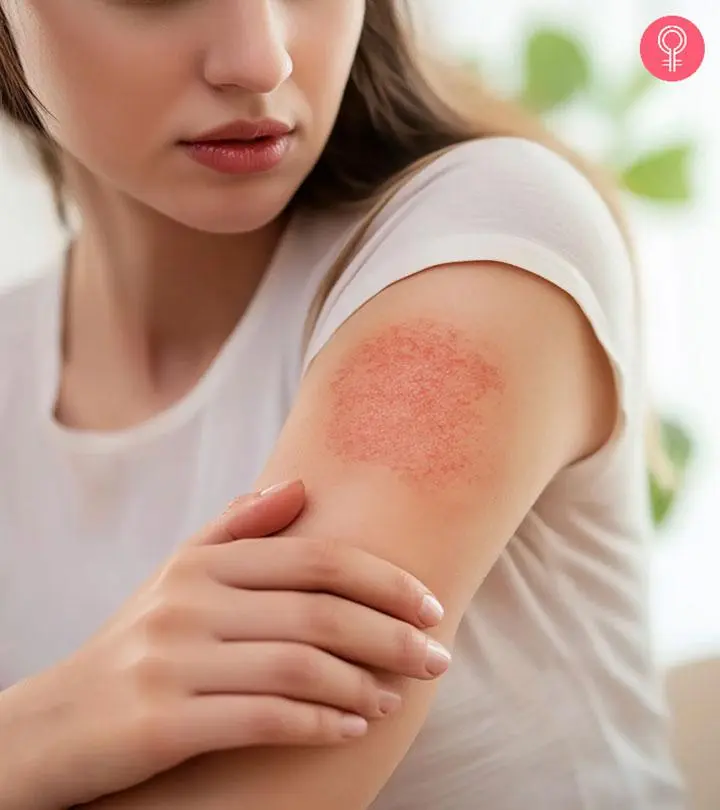
Image: Midjourney/ StyleCraze Design Team
Ringworm is an itchy skin condition that has nothing to do with worms, unlike the name. It is a fungal skin infection caused by a fungus named tinea, that lives and thrives on dead skin, nails, and hair. Knowing how to get rid of ringworm with natural remedies helps effectively manage the infection. The name ringworm is given primarily because of the distinctive ring-like red scaly circular patches that develop on the skin in this infection.
It is a contagious disease. Therefore, it is important to maintain distance from the affected person and keep this infection under control.
 Quick Tip
Quick TipTo help you get some initial relief, we have shared some common home remedies to help you manage and deal with ringworm better! Read on.
In This Article
Causes And Symptoms Of Ringworm
Ringworm is highly contagious and is caused by the overgrowth of fungus that naturally occurs on the skin. Environmental factors like hot and humid weather may cause fungal overgrowth. Here are ways people may contract this infection (1), (2):
- Skin-to-skin contact with an infected person or infected pets, like cats and dogs.
- Coming into contact with surfaces that have fungal spores may also spread the infection.
- Sharing personal items like towels, combs, or sports equipment with an infected individual.
- Lack of personal hygiene may cause fungal overgrowth as fungi thrive in moist, warm areas.
Also, people with compromised immune systems are at a higher risk of developing this infection. A red, itchy rash that resembles a ring and may have a raised, red border and a scaly or dry center is one of the common signs of ringworm. The rash can arise anywhere on the body, including the scalp, feet, or crotch, and the affected area may also be slightly swollen and uncomfortable. While it’s important to consult a doctor and use anti-fungal medicines to get rid of ringworm, several home remedies may also help manage the infection. Scroll down and take a look.
Key Takeaways
- Tea tree oil possesses antifungal properties that may help treat ringworm.
- The presence of allicin in garlic can help fight the infection.
- Other natural ingredients like neem oil, turmeric, and aloe vera gel may help eliminate the infection and promote faster recovery.
Home Remedies To Get Rid Of Ringworms
1. Apple Cider Vinegar

Apple cider vinegar has antifungal properties (3). These may help in combating the infection-causing fungus and aid recovery from the infection.
You Will Need
- 1 teaspoon of apple cider vinegar
- Sterile cotton ball
What You Have To Do
- Dilute a teaspoon of apple cider vinegar using some water.
- Soak a cotton ball in the solution and apply it to the affected area.
- Keep the cotton in place using a band-aid.
How Often You Should Do This
Do this about 3-4 times a day for a week.
2. Tea Tree Oil
Tea tree oil contains bioactive compoundsi Components acquired by the human body through animal or plant food sources which impact body activity and promote good health. that possess antifungal properties
. It was found to be effective in treating tine pedisi Fungal infection characterized by itchy and scaly rashes between the toes. Also known as Athlete’s Foot. (4). Hence, it may also help in treating the symptoms of ringworm.
You Will Need
- A few drops of tea tree oil
- Sterile cotton pad
What You Have To Do
- Dilute tea tree oil with a carrier oil like sweet almond oil or jojoba oil.
- Dab a cotton ball with the oil blend and apply it to the affected area.
How Often You Should Do This
Repeat this a few times during the day for 7-10 days.
3. Coconut Oil
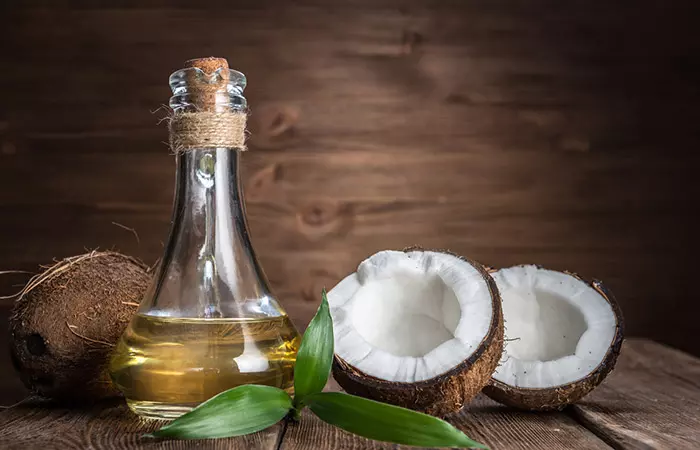
Using coconut oil for ringworm may be an effective treatment, as it has antifungal properties and can help in treating fungal infections like Candida (5). Its emollient properties may also soothe the irritation and itching that often accompanies ringworm (6).
You Will Need
Virgin coconut oil
What You Have To Do
Take some coconut oil on your fingertips and massage it gently over the affected area and leave it on.
How Often You Should Do This
Apply this oil 3-4 times a day until it heals.
Studies show that more than 1.5 million people die each year from fungal infections worldwide. A total of 666 235 fungal infections were identified in the 35.5 million inpatient visits recorded in the US in 2018, with a corresponding cost estimated to be $6.7 billion. 76.3% of identified fungal infections were caused by Aspergillus, Pneumocystis, and Candida infections.
Yaneece Cynthia Droz, a YouTuber, shared her experience with ringworm, and her journey from discovering the issue to finding a solution. Although she outlined a range of possible remedies, she only had coconut oil on hand. She recalls, “…I moved on to coconut oil because the coconut oil is supposed to be a fungus fighter and do all those things…. Coconut oil was my only option (i).”
4. Garlic
Garlic is rich in bioactive compounds like allicin and can be used for treating ringworm.
The compounds exhibit antifungal properties that can help soothe the infection and heal it (7).
You Will Need
3-4 cloves of garlic
What You Have To Do
- Crush the cloves of garlic and rub the paste over the infected area.
- Leave it on for 10-15 minutes before washing it off.
How Often You Should Do This
Do this daily until the skin rash disappears.
5. Oregano Oil
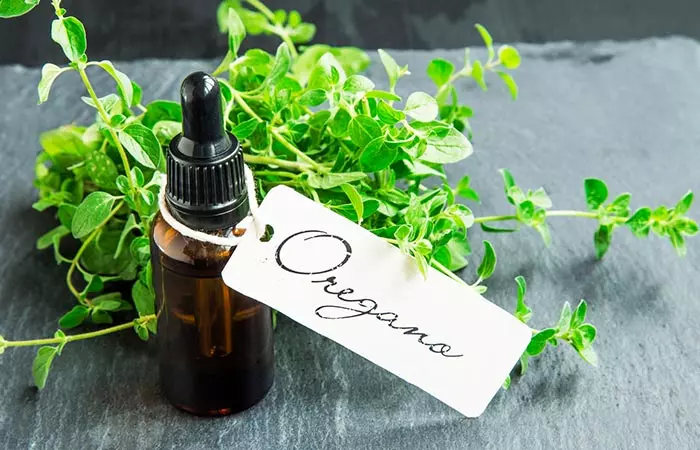
Oregano oil exhibits antifungal activity (7). Hence, it can help in getting rid of the infection-causing fungi and treat the symptoms.
You Will Need
- 2-3 drops of oregano oil
- Carrier oil
What You Have To Do
- Dilute a few drops of oregano oil with a carrier oil.
- Apply this mixture to the affected area and leave it on.
How Often You Should Do This
You must do this at least once a day until it is healed.
6. Eucalyptus Essential Oil
Eucalyptus essential oil exhibits fungistatic effects
(8). Its topical application may help treat the infection and soothe the affected area.
You Will Need
- 2-3 drops of eucalyptus oil
- Water
What You Have To Do
- Take a few drops of eucalyptus oil and dilute with water.
- Dab the gauze in this solution and secure it on the affected area using a band-aid.
- Leave this on overnight.
How Often You Should Do This
Repeat it every night until the affected area is healed.
7. Lavender Essential Oil
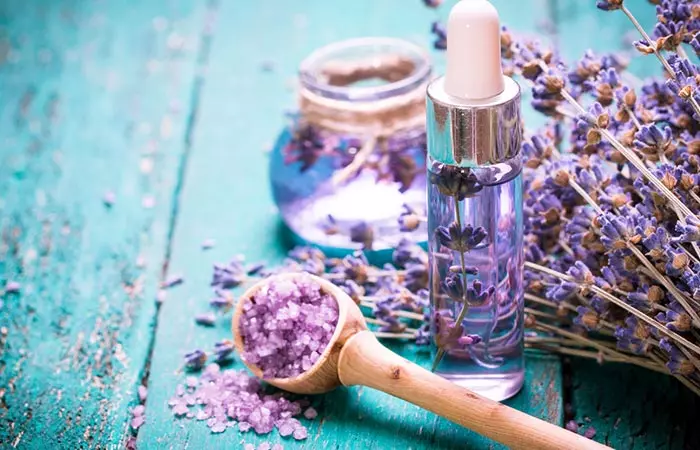
Lavender essential oil has antifungal properties (9). Hence, it can prove to be an effective option to treat ringworm and stop it from spreading.
You Will Need
- 3-4 drops of lavender essential oil
- Carrier oil
What You Have To Do
- Take a few drops of lavender oil and dilute it with a carrier oil.
- Dab it on a cotton ball and apply it to the affected area.
How Often You Should Do This
You must do this at least twice daily until it is healed.
8. Neem Oil
The topical application of neem oil can help treat ringworm. Neem oil is enriched with phytochemicals that exhibit fungicidal properties (10).
You Will Need
A few drops of neem oil
What You Have To Do
Dab a few drops of neem oil on a cotton pad and apply it to the affected area.
How Often You Should Do This
You must apply this oil twice a day for about 7-10 days or till it heals.
9. Turmeric
Turmeric exhibits antifungal activity against different strains of dermatophytesi A broad term for a group of fungi that causes infections in the skin, nails and hair. Examples include athlete’s foot and scalp ringworm. (11). This can help alleviate the symptoms of ringworm infection and also prevent further infection.
You Will Need
- ½ to 1 teaspoon of turmeric powder
- A few drops of water
What You Have To Do
- Mix turmeric powder with some water to make a thick paste.
- Apply this paste over the rash and leave it on for 15 minutes.
- Wash thoroughly with water.
How Often You Should Do This
Apply turmeric paste twice a day until the rashes disappear.
10. Aloe Vera Gel
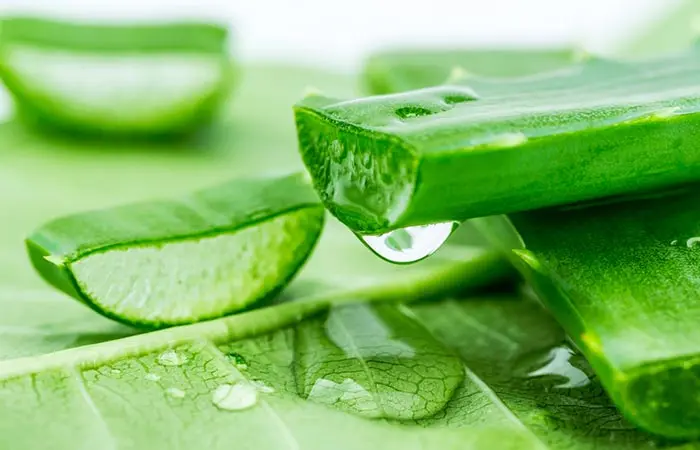
Aloe vera is well known for its wound-healing and antifungal properties (12). This makes it the perfect natural remedy to eliminate ringworm infection and speed up recovery.
You Will Need
Aloe leaf extract
What You Have To Do
- Extract the gel from the aloe vera leaf.
- Apply it directly to the area with the ringworm infection and leave on.
How Often You Should Do This
You can do this 2-3 times a day till it heals.
 Quick Tip
Quick TipYou can also try using other essential oils like lemongrass oil and calendula oil to treat ringworms as they have potent antifungal properties (13) (14). Using boric acid and hydrogen peroxide for ringworms may be similarly beneficial, as per anecdotal evidence.
Although home remedies for ringworm can be successful, it is important to follow good preventative measures to stay clear of infections in the first place and maintain long-term skin health. Scroll down to know more.
Prevention Tips
Maintaining proper hygiene is essential for preventing the spread of ringworm. Here are some simple tips you can follow:
- Wash your hands regularly with soap and water, particularly after handling possibly contaminated objects or coming into contact with someone who has ringworm.
- Towels, clothes, and combs are some personal objects that need not be shared since they can host the fungus and contribute to its spread.
- Additionally, since dampness can encourage the growth of fungi, keep your skin and towels clean and dry.
- Make sure everything in your home is dry and clean and pay quick attention to any places where moisture accumulates, including your damp bathroom or sweaty exercise clothes.
Infographic: 5 Home Remedies To Treat Ringworms
Now that you know all the effective and natural ways to get rid of ringworm, check out the infographic below to go through the top 5 home remedies to treat the condition and provide relief from its symptoms. These remedies are easy to follow and safe to use. Scroll down to read more!

Illustration: StyleCraze Design Team
Ringworm is a fungal infection that appears as ring-like red patches on the skin. It is important to know how to get rid of ringworm as this condition is not only uncomfortable but also contagious. Apple cider vinegar, tea tree oil, coconut oil, garlic, oregano oil, lavender oil, neem oil, turmeric, and aloe vera gel are some effective options that can help accelerate healing and soothe the symptoms. A ringworm infection generally takes around 2-3 weeks to heal completely, so continue treatment and maintain good hygiene to avoid spreading it to others.
Frequently Asked Questions
When should I seek medical attention for ringworm?
You should consult a doctor for ringworm If over-the-counter medications do not relieve your infection or it spreads quickly or covers a wide area. If you have extreme itching or discomfort or a compromised immune system or other underlying medical disorders, it is best to check in with a medical professional. In addition, you need to consult a doctor if ringworm affects your nails or scalp, or if you experience any symptoms of a secondary bacterial infection, such as increased pus, swelling, or redness.
How long does it take to get rid of ringworm?
It usually takes about 2-4 weeks to treat a ringworm infection completely.
How can you stop ringworm from spreading?
You can stop the infection from spreading by applying an antifungal ointment or using any of the natural remedies listed above.
Is ringworm always itchy?
Ringworm can have a red and crusted appearance. An itchy sensation can accompany this scaly rash.
Is ringworm contagious by touch?
Ringworm is quite contagious and can spread very easily by touch. It can also spread to resources shared by people like towels, locker rooms, accessories, etc.
How fast does ringworm spread?
Ringworm usually takes one to two weeks to incubate in humans.
How do you shower with ringworm?
Wash the affected areas with soap and lukewarm water while showering, then pat them dry with a fresh towel. Use a new towel for other parts of your body.
Can ringworm live on clothes?
Ringworm transmits through contact with infected skin and fungal spores. Hence, the spores can live on various items, including clothes. As a result, it is critical to disinfect anything that has come into contact with an infected human or animal.
Is sun exposure good for ringworm?
Yes, UV light which is amply present in natural sunlight is highly effective for ringworm. However, more research is needed to back up this claim.
Does alcohol kill ringworm?
Alcohol can only eradicate it on the surface of the skin but does not stop the infection underneath. However, it effectively cleans the surface to prevent it from spreading further.
Illustration: Best Natural Home Remedies For Ringworm Treatment

Image: Stable Diffusion/StyleCraze Design Team
Watch this video for tips to prevent and treat ringworm rash. Get the best advice to maintain your hygiene and keep your skin healthy and free from infection.
Personal Experience: Source
StyleCraze's articles are interwoven with authentic personal narratives that provide depth and resonance to our content. Below are the sources of the personal accounts referenced in this article.
i. I got ringworm! | Treatment & experiencehttps://www.youtube.com/watch?v=0CqNu01NL50
References
Articles on StyleCraze are backed by verified information from peer-reviewed and academic research papers, reputed organizations, research institutions, and medical associations to ensure accuracy and relevance. Read our editorial policy to learn more.
- Tinea corporis: an updated review, Drugs in Context, US National Library of Medicine, National Institutes of Health.
https://www.ncbi.nlm.nih.gov/pmc/articles/PMC7375854/ - Tinea Corporis, StatPearls, US National Library of Medicine, National Institutes of Health.
https://www.ncbi.nlm.nih.gov/books/NBK544360/ - Vinegar: Medicinal Uses and Antiglycemic Effect, Medscape General Medicine, US National Library of Medicine, National Institutes of Health.
https://www.ncbi.nlm.nih.gov/pmc/articles/PMC1785201/ - Melaleuca alternifolia (Tea Tree) Oil: a Review of Antimicrobial and Other Medicinal Properties, Clinical Microbiology Reviews, US National Library of Medicine, National Institutes of Health.
https://www.ncbi.nlm.nih.gov/pmc/articles/PMC1360273/ - In vitro antimicrobial properties of coconut oil on Candida species in Ibadan, Nigeria. Journal of Medicinal Food, US National Library of Medicine, National Institutes of Health.
https://pubmed.ncbi.nlm.nih.gov/17651080/ - Novel antibacterial and emollient effects of coconut and virgin olive oils in adult atopic dermatitis, Dermatitis, US National Library of Medicine, National Institutes of Health.
https://pubmed.ncbi.nlm.nih.gov/19134433/ - Antifungal activity of Mexican oregano (Lippia berlandieri Shauer), Journal of Food Protection, US National Library of Medicine, National Institutes of Health.
https://pubmed.ncbi.nlm.nih.gov/16355848/ - Essential Oils and Antifungal Activity, Pharmaceuticals, US National Library of Medicine, National Institutes of Health.
https://www.ncbi.nlm.nih.gov/pmc/articles/PMC5748643/ - Biological activities of lavender essential oil, Phytotherapy Research, US National Library of Medicine, National Institutes of Health.
https://pubmed.ncbi.nlm.nih.gov/12112282/ - Antifungal activity of different neem leaf extracts and the nimonol against some important human pathogens, Brazilian Journal of Microbiology, US National Library of Medicine, National Institutes of Health.
https://www.ncbi.nlm.nih.gov/pmc/articles/PMC3768785/ - Turmeric, the Golden Spice, Herbal Medicine: Biomolecular and Clinical Aspects, US National Library of Medicine, National Institutes of Health.
https://www.ncbi.nlm.nih.gov/books/NBK92752/ - ALOE VERA: A SHORT REVIEW, Indian Journal of Dermatology, US National Library of Medicine, National Institutes of Health.
https://www.ncbi.nlm.nih.gov/pmc/articles/PMC2763764/ - Topical Calendula officinalis L. successfully treated exfoliative cheilitis: a case report, Cases Jornal, US National Library of Medicine, National Institutes of Health.
https://www.ncbi.nlm.nih.gov/pmc/articles/PMC2803874/ - Antifungal activity of the essential oil from Calendula officinalis L. (asteraceae) growing in Brazil, Brazilian Journal of Microbiology, US National Library of Medicine, National Institutes of Health.
https://www.ncbi.nlm.nih.gov/pmc/articles/PMC3768360/
Read full bio of Dr. Saba
Read full bio of Sucharita Mishra
Read full bio of Anjali Sayee
Read full bio of Monomita Chakraborty





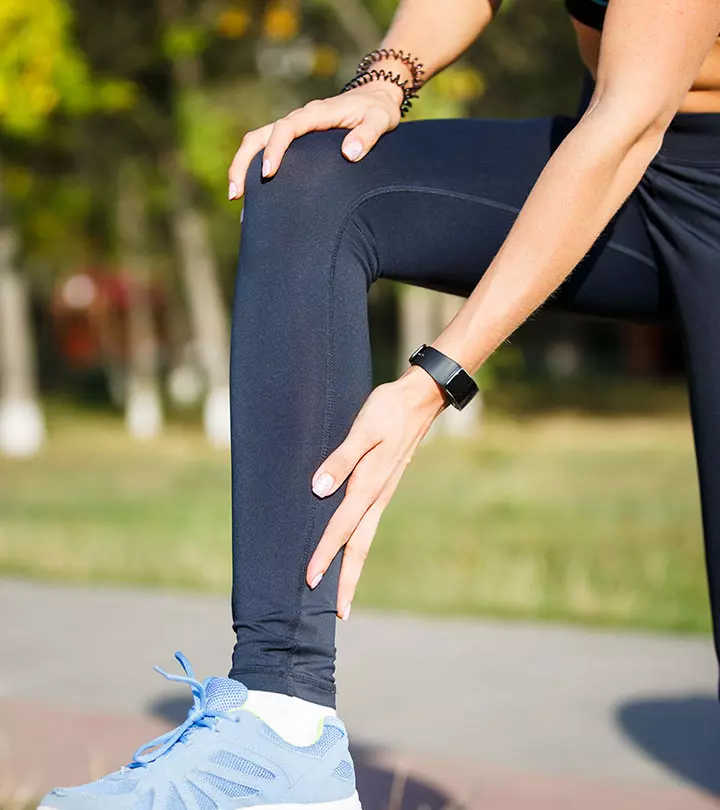




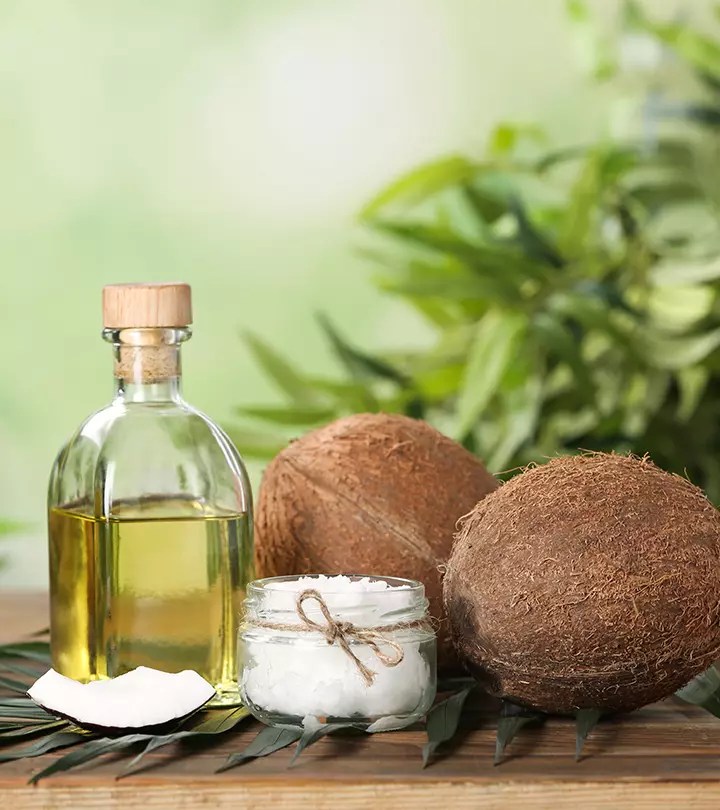
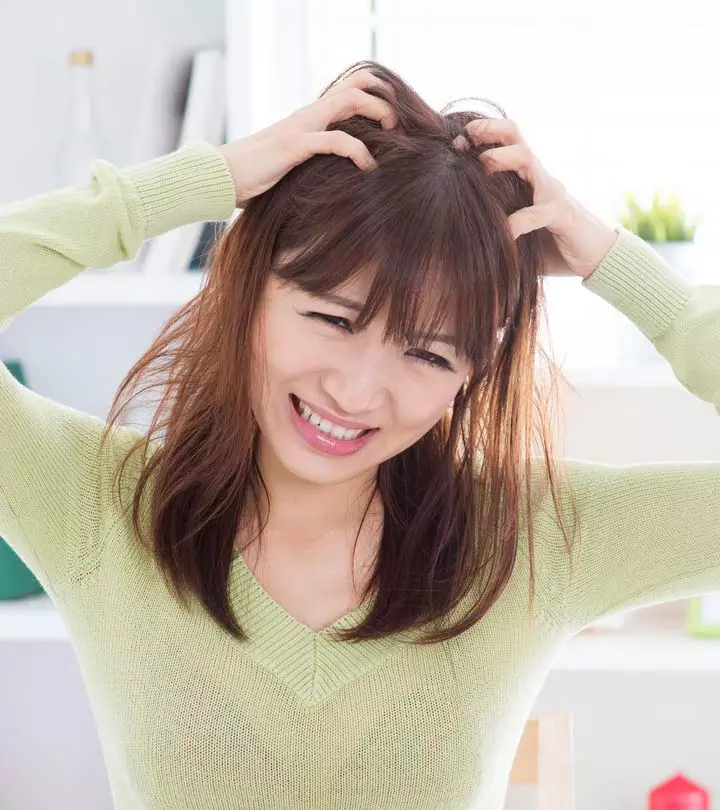
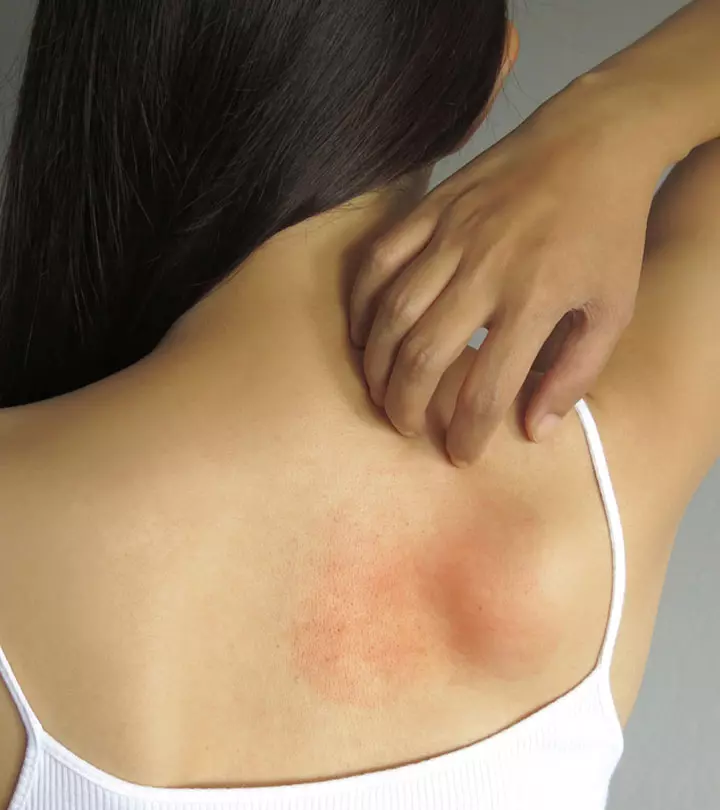

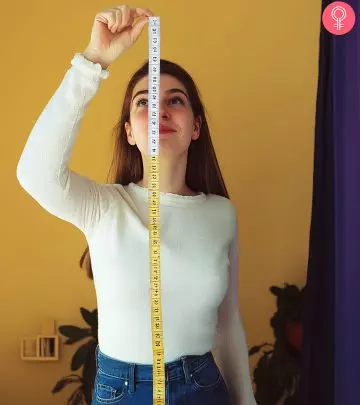
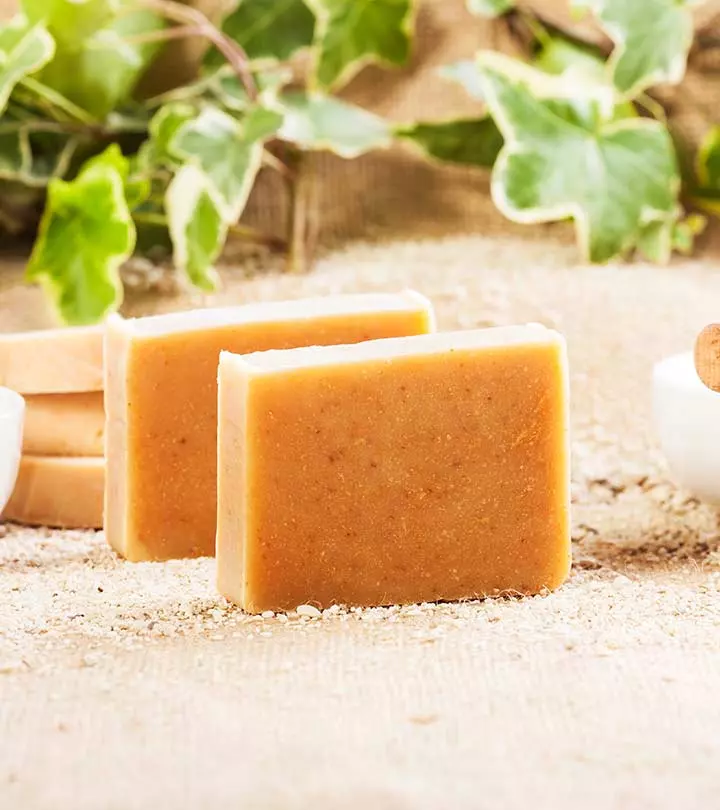

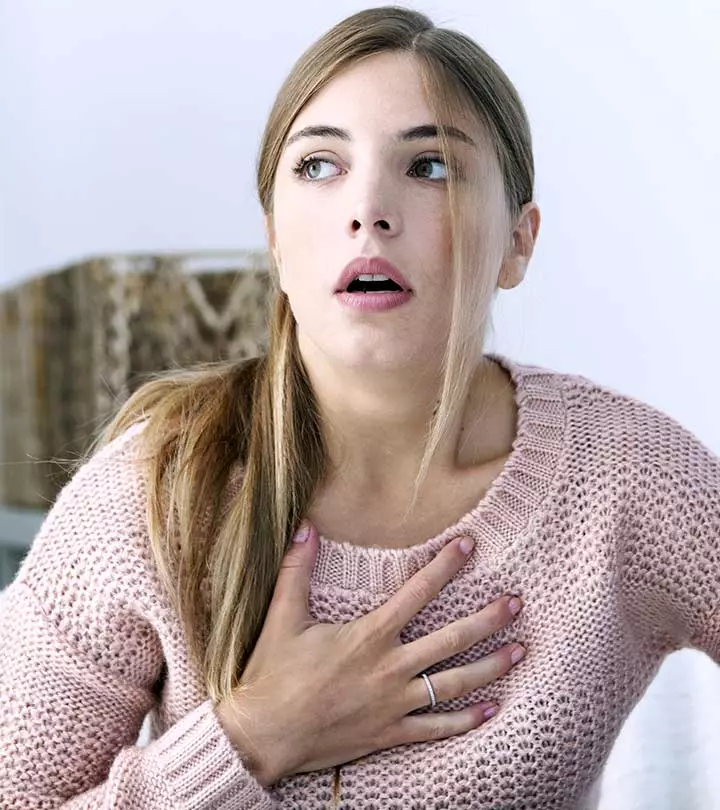




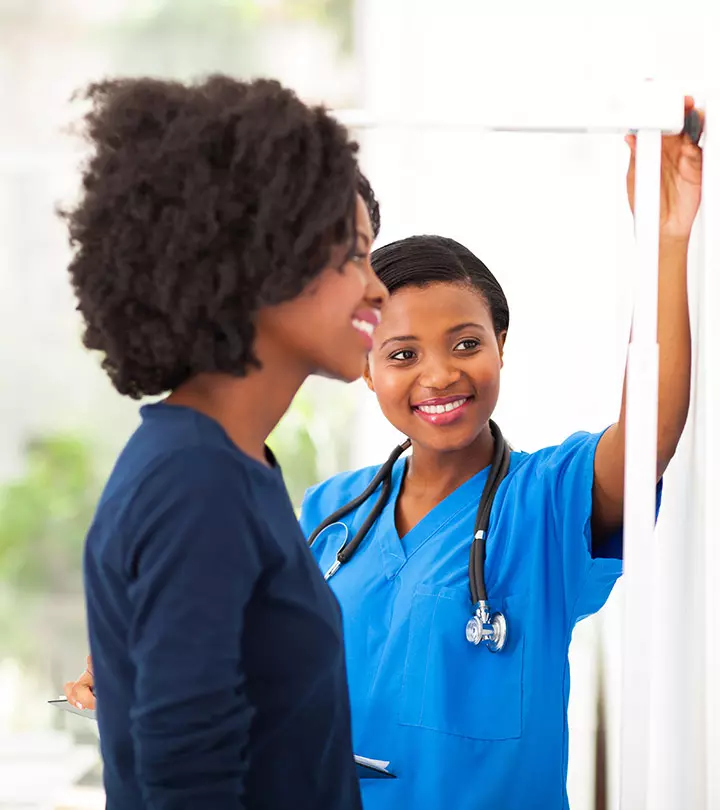



Community Experiences
Join the conversation and become a part of our empowering community! Share your stories, experiences, and insights to connect with other beauty, lifestyle, and health enthusiasts.